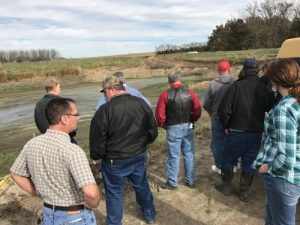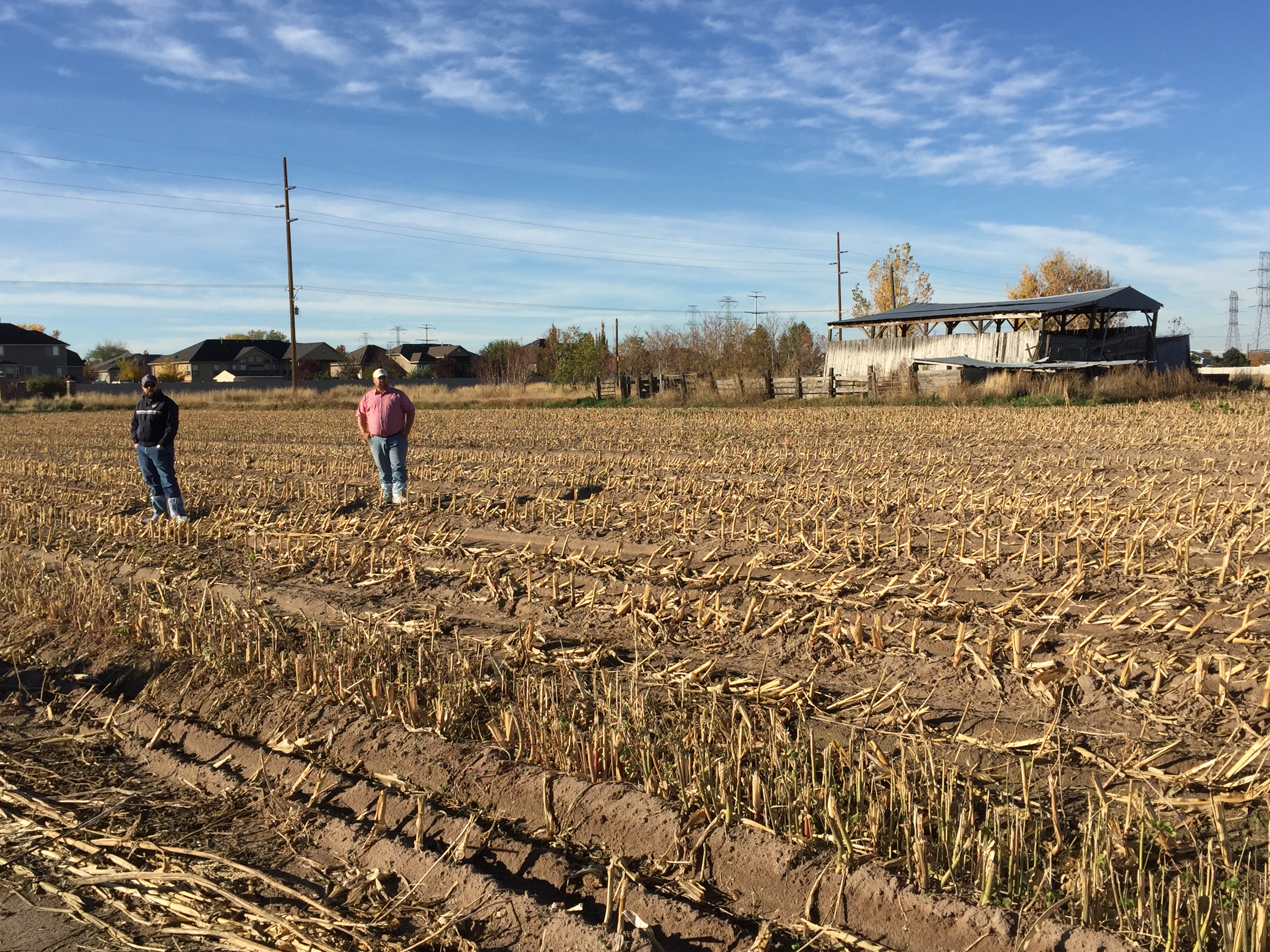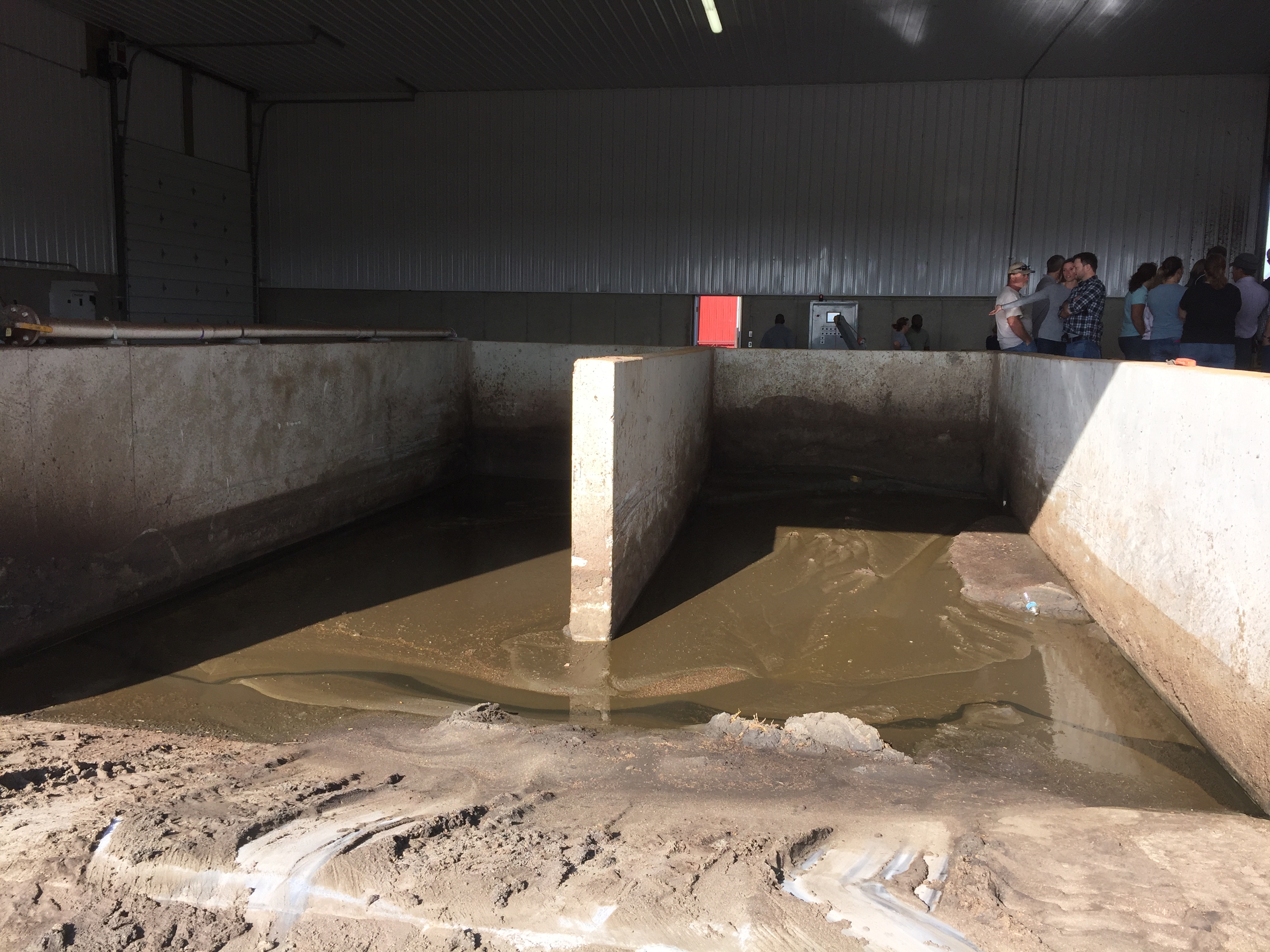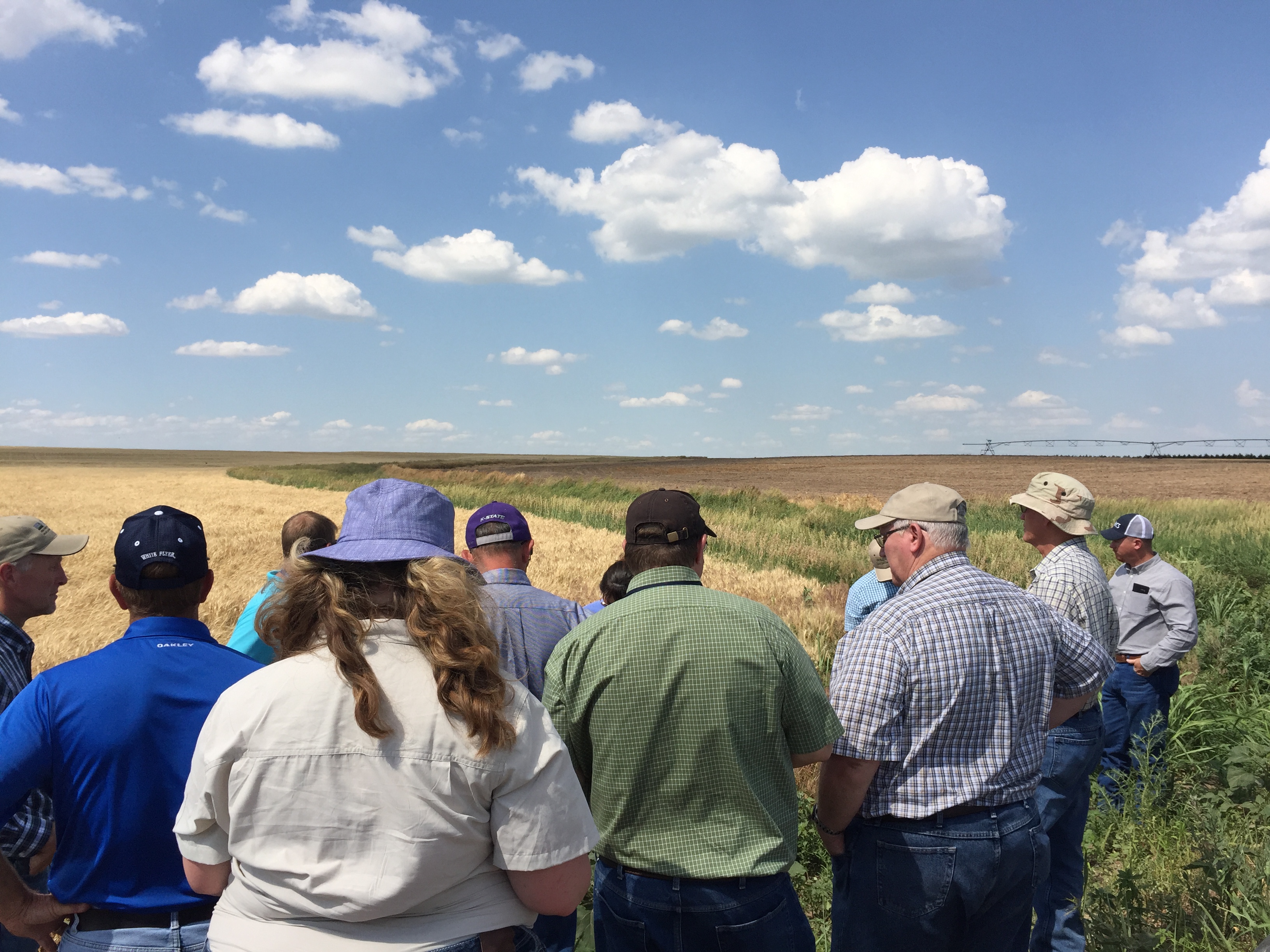Responsible manure management uses multiple data types from a wide range of sources. This webinar highlights three new tools that aim to ease this burden while supporting effective decision-making. ManureDB aggregates U.S. manure analysis data and provides user-specified reports of manure characteristics. ManureTech synthesizes the environmental, economic and operational facets of manure treatment technologies. Manure Management Planner is a trusted tool but has also undergone recent updates for site-specific setback distances. Participants will be able to see these tools in action, and where further developments are headed. This presentation was originally broadcast on February 16, 2024. Continue reading “Upcoming Models and Tools to Improve Manure Management”
Collaborating on Integrated Projects
 Collaborating on integrated projects can seem difficult, but, when implemented well, the potential for beneficial outcomes from such projects can make facing the challenges very worthwhile. That’s part of the reason why there’s growing movement by funding agencies toward supporting integrated, collaborative projects. Here are a few tips to help make collaborating on integrated efforts more enjoyable.
Collaborating on integrated projects can seem difficult, but, when implemented well, the potential for beneficial outcomes from such projects can make facing the challenges very worthwhile. That’s part of the reason why there’s growing movement by funding agencies toward supporting integrated, collaborative projects. Here are a few tips to help make collaborating on integrated efforts more enjoyable.
-
- Involve all collaborators from start to finish.
-
- When developing an integrated project, include all prospective collaborators from the beginning. Involving project team members early helps develop a coherent shared vision and makes collaborators feel like they are truly a team that is working on one integrated project.
- Avoid making last-minute requests for an outreach plan from extension, stakeholder engagement, partners in on-farm demonstration efforts, or matching funds, etc. Some thoughtful planning can lead to more productive collaborations and outcomes.
- Extension personnel appreciate being included as an author in research publications related to the project. Research can be much more impactful when practical implications of results are communicated to lay audiences and through stakeholder networks.
- Stakeholder engagement is important as well. By keeping the communication with the stakeholders open, you avoid trying to explain or give directions to someone without prior engagement.
-
- Be specific and ready to answer questions.
-
- Here are just a few on the questions that might be asked, and collaborators should be ready to answer:
-
- What are you asking of a collaborator and what will be done by someone else?
- What is the goal of the project?
- Is there funding to do everything you’re proposing?
- Will you need to hire other help?
-
- Clearly define the roles of collaborators and their organizations. This can help prevent confusion between collaborators on how much they are responsible for in the project.
- Have a clear title and summary of the project to communicate the project and how things tie together. This can help collaborators that might have joined after the collaboration has started.
- Make sure your plan includes objectives that specifically relate to the collaborator and have programming funds built into on-farm demonstration efforts.
- Here are just a few on the questions that might be asked, and collaborators should be ready to answer:
-
- Be ready for collaborators and stakeholders who are promoting or wary of products/systems.
-
- Use the diverse backgrounds and past experiences of your collaborators to your advantage. Collaborators with different perspectives may see things in ways that you don’t. Because of previous experiences, collaborators may be wary of some aspects of the proposal. For example:
-
-
-
- Specific products:
- Some collaborators may have concerns about side effects of products, so they may be wary of its use, but they may have ideas how to test for those side effects.
- Equipment usage or practicality:
- Some collaborators may better understand how the end user needs the equipment to work for them, so have them help with prototype development so it’s easier to take the equipment from prototype to commercial production.
- Certain systems:
- If you’re trying to bring a certain system to a new area, stakeholders and collaborators may be able to provide insight about other systems that have been tried in their area, both successfully and not-so-much.
- Specific products:
-
- Just because collaborators and stakeholders may be wary of your proposal doesn’t mean they shouldn’t be included. In fact, the opposite may be true. They may be able to guide the proposal in a way that strengthens it but be prepared for a little push back.
-
-
- Involve all collaborators from start to finish.
It takes some effort to build a productive team and keep everyone on the same page, but good collaborations are hard to beat.
Use of Vermifiltration as a Tool for Manure Management
This webinar discusses the science and economics behind the use of worms in the processes of composting (i.e., vermicomposting) and treatment of wastewater and manure liquid waste stream (vermifiltration). This presentation was originally broadcast on May 20, 2022. Continue reading “Use of Vermifiltration as a Tool for Manure Management”
Addressing Antimicrobial Resistance Through Livestock Management
In this webinar, representatives from multiple sectors of the livestock production industry are featured to learn how each sector is approaching the complex problem of antibiotic resistance with management strategies to improve antimicrobial stewardship in live animal production and across the food production system. This presentation was originally broadcast on August 20, 2021. Continue reading “Addressing Antimicrobial Resistance Through Livestock Management”
What’s New with Comprehensive Nutrient Management Plans (CNMPs)?
Proceedings Home | W2W Home 
Purpose
A Comprehensive Nutrient Management Plan (CNMP) is a management plan to utilize nutrients and to manage the collection, handling, storage, application, & utilization of animal waste. The purpose of the plan is to address soil erosion, water quality, and air quality concerns. Even though a CNMP is not a regulatory document, portions can potentially be used in the permitting process. It is meant to be a dynamic plan to help the producer’s operation to be sustainable. Landowner of animal feeding operations (AFO’s) that receive technical and/or financial assistance from NRCS are required to have a CNMP. This includes dairies, beef feedlots, poultry, and swine operations. Land application of manure is not a requirement. There are no animal numbers thresholds for a CNMP.
What did we do?
In 1999 the Unified National Strategy for Animal Feeding Operations directed USDA and EPA to work together to address environmental issues with AFO’s. The CNMP was developed as a voluntary way for a landowner to take action. The original document had a ten part format and was truly comprehensive. Any planner or engineer associated with the plan had to sign it. Developing a CNMP in this format was difficult and time consuming and in some cases the document became so large in size that no one updated them.
What have we learned?
In October 2015 the format changed back to a plan that is more consistent with a conservation plan, recording the decisions of the landowner/cooperator with regard to managing waste and utilizing the nutrients.
The plan now has a four part format. The first part is the signature page where the NRCS representative and the landowner sign confirming the decisions. Section one follows the signature page and documents decisions with regard to the Production Area (Farmstead). It includes maps, animal inventory, and records of decisions for the production area only. Section two documents the decisions with regard to the Land Treatment Area (Crop and Pasture). It contains maps, resource assessments, implementation requirements and records of decision for the land treatment areas. The third section documents decisions with regard to Nutrient Management. This includes risk analyses, setbacks, nutrient applications, and field balances.
For livestock operations with greater than 300 animal units a printout of the National Air Quality Site Assessment tool (NAQSAT) is now required as supporting documentation in the CNMP. It is to increase awareness of air quality issues that may be addressed on farm.
Several parts of the original format are not included in the current format. This includes the Operation and Maintenance plan and the Emergency Response plan. Both would now be found in the case file and not in the CNMP itself.

Looking at crop residue.

Evaluating solid separation on the farmstead.

Discussing crop rotation and setbacks.
Future Plans
States are currently integrating the new national format. The CNMP format will be reviewed periodically to make sure that the document stays on track as a usable management tool for the landowner.
Corresponding author, title, and affiliation
Sandy Means, Environmental Engineer, USDA Natural Resources Conservation Service, East National Technical Center, Greensboro, NC
Corresponding author email
Additional information
Resources:
NRCS General Manual, Title 190, Part 405 Comprehensive Nutrient Management Plans
The authors are solely responsible for the content of these proceedings. The technical information does not necessarily reflect the official position of the sponsoring agencies or institutions represented by planning committee members, and inclusion and distribution herein does not constitute an endorsement of views expressed by the same. Printed materials included herein are not refereed publications. Citations should appear as follows. EXAMPLE: Authors. 2017. Title of presentation. Waste to Worth: Spreading Science and Solutions. Cary, NC. April 18-21, 2017. URL of this page. Accessed on: today’s date.

